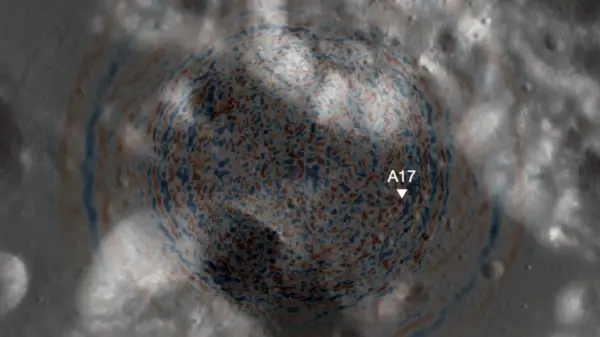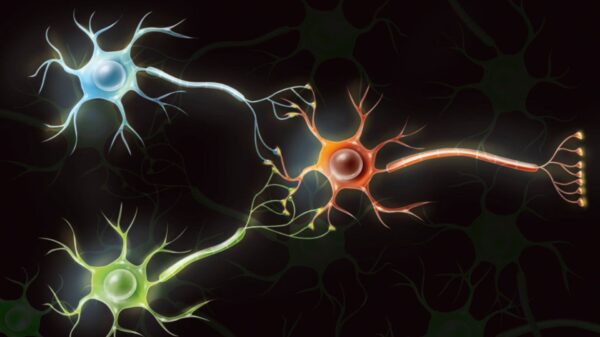After nearly two decades of trying to conceive, a couple is now expecting their first child, thanks to a groundbreaking application of artificial intelligence in fertility treatment. Their journey, marked by numerous rounds of in vitro fertilization (IVF) and visits to fertility centers worldwide, finally led them to success at the Columbia University Fertility Center.
The couple faced a significant challenge: the husband was diagnosed with azoospermia, a rare condition where no measurable sperm are present in the semen. This condition often leads to male infertility, as typical semen samples contain hundreds of millions of sperm. Despite exhaustive efforts, the couple’s previous IVF attempts were unsuccessful.
The Role of AI in Fertility Treatment
Desperate for a solution, the couple turned to the Columbia University Fertility Center, where they were introduced to the STAR method. This novel approach utilizes artificial intelligence to identify and recover hidden sperm in men previously thought to be infertile. The husband provided a semen sample, which the medical team analyzed using the AI system.
The results were astonishing. The AI system identified and recovered three hidden sperm, which were then used to fertilize the wife’s eggs via IVF. This led to the first successful pregnancy enabled by the STAR method, with the baby due in December.
“We kept our hopes to a minimum after so many disappointments,” the wife shared in an emailed statement. “It took me two days to believe I was actually pregnant. I still wake up in the morning and can’t believe if this is true or not.”
Innovative Technology: The STAR Method
Dr. Zev Williams, director of the Columbia University Fertility Center, spearheaded the development of the STAR method over five years. This system represents a significant advancement in addressing male infertility. Traditionally, highly skilled technicians would spend days searching for sperm in semen samples, often with no success. However, the STAR system changes this paradigm.
“A patient provided a sample, and highly skilled technicians looked for two days through that sample to try to find sperm. They didn’t find any. We brought it to the AI-based STAR System. In one hour, it found 44 sperm,” said Williams. “This is really a game-changer. This is going to make such a big difference for patients.”
The STAR system, which stands for Sperm Tracking and Recovery, uses a high-speed camera and advanced imaging technology to scan semen samples. It takes over 8 million images in under an hour, identifying sperm cells that embryologists might miss with the naked eye. The system then isolates these cells, allowing them to be used for fertilization.
Implications for the Future of Fertility Care
This breakthrough highlights the potential of AI in revolutionizing fertility care. While AI has already been used to assess egg quality and screen embryos, the STAR method marks a significant step forward in addressing male infertility. The precision of the AI system, combined with the expertise of embryologists, enables even the smallest number of sperm to be successfully used in IVF.
“What’s remarkable is that instead of the usual 200 million to 300 million sperm in a typical sample, these patients may have just two or three. But with the precision of the STAR system and the expertise of our embryologists, even those few can be used to successfully fertilize an egg,” Williams explained.
Looking Ahead: The Future of AI in Medicine
The success of the STAR method could pave the way for further innovations in fertility treatment and beyond. As AI continues to evolve, its applications in medicine are likely to expand, offering new hope to patients facing various medical challenges. While more research and testing are needed, the potential for AI to transform healthcare is undeniable.
For the couple who wished to remain anonymous, the breakthrough has brought them the joy of expecting their first child after years of heartache. Their story serves as a testament to the power of technology and innovation in overcoming seemingly insurmountable obstacles.





































































